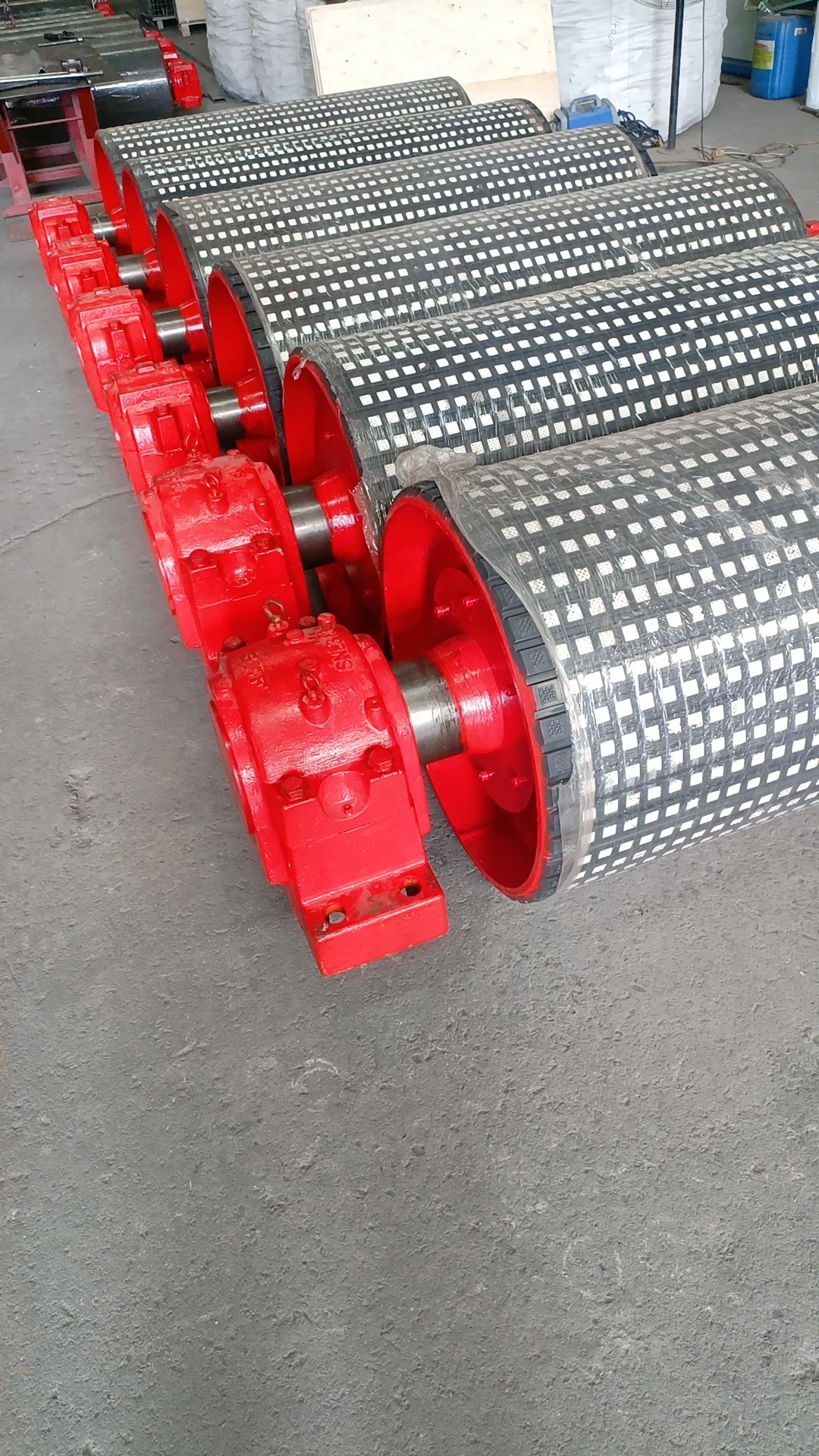 Afrikaans
Afrikaans  Albanian
Albanian  Amharic
Amharic  Arabic
Arabic  Armenian
Armenian  Azerbaijani
Azerbaijani  Basque
Basque  Belarusian
Belarusian  Bengali
Bengali  Bosnian
Bosnian  Bulgarian
Bulgarian  Catalan
Catalan  Cebuano
Cebuano  Corsican
Corsican  Croatian
Croatian  Czech
Czech  Danish
Danish  Dutch
Dutch  English
English  Esperanto
Esperanto  Estonian
Estonian  Finnish
Finnish  French
French  Frisian
Frisian  Galician
Galician  Georgian
Georgian  German
German  Greek
Greek  Gujarati
Gujarati  Haitian Creole
Haitian Creole  hausa
hausa  hawaiian
hawaiian  Hebrew
Hebrew  Hindi
Hindi  Miao
Miao  Hungarian
Hungarian  Icelandic
Icelandic  igbo
igbo  Indonesian
Indonesian  irish
irish  Italian
Italian  Japanese
Japanese  Javanese
Javanese  Kannada
Kannada  kazakh
kazakh  Khmer
Khmer  Rwandese
Rwandese  Korean
Korean  Kurdish
Kurdish  Kyrgyz
Kyrgyz  Lao
Lao  Latin
Latin  Latvian
Latvian  Lithuanian
Lithuanian  Luxembourgish
Luxembourgish  Macedonian
Macedonian  Malgashi
Malgashi  Malay
Malay  Malayalam
Malayalam  Maltese
Maltese  Maori
Maori  Marathi
Marathi  Mongolian
Mongolian  Myanmar
Myanmar  Nepali
Nepali  Norwegian
Norwegian  Norwegian
Norwegian  Occitan
Occitan  Pashto
Pashto  Persian
Persian  Polish
Polish  Portuguese
Portuguese  Punjabi
Punjabi  Romanian
Romanian  Russian
Russian  Samoan
Samoan  Scottish Gaelic
Scottish Gaelic  Serbian
Serbian  Sesotho
Sesotho  Shona
Shona  Sindhi
Sindhi  Sinhala
Sinhala  Slovak
Slovak  Slovenian
Slovenian  Somali
Somali  Spanish
Spanish  Sundanese
Sundanese  Swahili
Swahili  Swedish
Swedish  Tagalog
Tagalog  Tajik
Tajik  Tamil
Tamil  Tatar
Tatar  Telugu
Telugu  Thai
Thai  Turkish
Turkish  Turkmen
Turkmen  Ukrainian
Ukrainian  Urdu
Urdu  Uighur
Uighur  Uzbek
Uzbek  Vietnamese
Vietnamese  Welsh
Welsh  Bantu
Bantu  Yiddish
Yiddish  Yoruba
Yoruba  Zulu
Zulu Exploring the Benefits and Applications of Rubber Pulleys in Various Industries
The Importance of Rubber Pulleys in Various Industries
Rubber pulleys are essential components used in a wide range of industries, providing functionality that enhances the efficiency of machinery and equipment. These pulleys, typically made from high-quality rubber materials, offer a variety of benefits that make them a preferred choice over traditional metal pulleys. Their unique properties enable them to absorb shocks, reduce noise levels, and provide superior grip, which is crucial for the smooth operation of conveyor systems, automotive engines, and numerous other applications.
One of the primary advantages of rubber pulleys is their ability to absorb vibrations. In machinery where heavy loads are moved, vibrations can lead to wear and tear on components, potentially causing equipment failure. Rubber pulleys mitigate this issue by dampening vibrations, allowing for a smoother operation. This characteristic not only prolongs the life of the machinery but also reduces maintenance costs, making it a cost-effective solution for businesses.
In addition to vibration absorption, rubber pulleys exhibit excellent traction. The rubber material provides a high coefficient of friction, ensuring that belts and ropes securely grip the pulley, minimizing slippage during operation. This is particularly important in conveyor systems, where consistent movement is critical. A slack or slipping belt can lead to production delays and increased operational costs. By utilizing rubber pulleys, industries can enhance their productivity while minimizing the risk of wear on belts.
rubber pulley

Noise reduction is another significant benefit offered by rubber pulleys
. In environments where loud machinery can be a nuisance or even a regulatory issue, the noise-dampening properties of rubber help keep sound levels within acceptable limits. This is especially vital in urban settings or places where noise pollution is a concern. By choosing rubber over metal, companies can create a quieter working environment, contributing positively to employee well-being and compliance with local regulations.Additionally, rubber pulleys are highly versatile and can be tailored to meet specific requirements. They can be manufactured in various sizes and designs, making them suitable for a wide range of applications, from small machinery to large industrial systems. Advances in rubber technology have also led to the development of specialized compounds that can withstand extreme temperatures, chemicals, and wear, further broadening the scope of their applications.
Furthermore, rubber pulleys contribute to environmental sustainability. Rubber materials can be sourced from renewable resources, and rubber manufacturing processes can be designed to minimize waste and energy consumption. Companies that prioritize sustainability can benefit from incorporating rubber pulleys as part of their operations, aligning with green initiatives while still achieving high performance.
In conclusion, rubber pulleys play a crucial role in enhancing the efficiency, safety, and sustainability of various industrial processes. Their ability to absorb vibrations, provide superior grip, reduce noise, and offer versatility make them a valuable asset across numerous applications. As industries continue to evolve, the demand for innovative solutions like rubber pulleys will likely increase, driving further research and development into advanced rubber materials and designs. By embracing these components, businesses can not only improve their operational efficiency but also contribute to a more sustainable future. Whether in manufacturing, transportation, or any other field, rubber pulleys are undeniably a key player in modern machinery, facilitating progress and innovation.
-
Revolutionizing Conveyor Reliability with Advanced Rubber Lagging PulleysNewsJul.22,2025
-
Powering Precision and Durability with Expert Manufacturers of Conveyor ComponentsNewsJul.22,2025
-
Optimizing Conveyor Systems with Advanced Conveyor AccessoriesNewsJul.22,2025
-
Maximize Conveyor Efficiency with Quality Conveyor Idler PulleysNewsJul.22,2025
-
Future-Proof Your Conveyor System with High-Performance Polyurethane RollerNewsJul.22,2025
-
Driving Efficiency Forward with Quality Idlers and RollersNewsJul.22,2025





























